Harold Back was born on the 13 June 1914, in Tottenham, London. Before he enlisted he was working as a Furrier, at Winchmore in London.
‘Harry’, as he was always known, enlisted into The Royal Fusiliers on the 17 July 1940. In 1942 he volunteered for the airborne forces.
He was parachute jump trained at RAF Ringway on a very early course, Course 8. This course ran from 10 to 24 February 1942. This course had many issues, mostly caused by bad weather. There were several injuries and a couple of deaths during the training. ‘Harry’ was originally with the 4th Parachute Battalion, but was one of those who volunteered for the 1st Parachute Brigade when they were short of men for Operation ‘Torch’.
Harry went on to serve with the 2nd Parachute Battalion in North Africa (October 1942 – May 1943, Sicily (July 1943), and in Italy (September – November 1943).
As a Lance Corporal Harold (Harry) Back served in the Battalion Intelligence Section as the Cypher Operator, and as such he parachuted onto DZ ‘X’ near Renkum, as part of Operation ‘MARKET’, on Sunday, 17 September 1944. He was captured in the Arnhem Bridge area and held at POW Camp Luckenwade and Stalag XIIa. His POW number was 90581.
Harry is mentioned twice in the book ‘A Bridge Too Far’, firstly on page 208, which describes the action taken after getting to Arnhem Bridge:
‘There was little more that Lieutenant-Colonel Frost could do this night, except to guard the northern end of the bridge from enemy attacks on the southern side. He still had no contact with his missing companies and now, in a house on a corner overlooking the bridge, Frost set up battalion headquarters. Lance Corporal Harold Back of the Second Battalion’s cipher section remembers that from the front window of the house, the Headquarters’ personnel could look out on the ramp. “The side window of the room gave us a direct view of the bridge itself,” says Back. “Our signallers stuck their antennas through the roof and moved their sets constantly, but they couldn’t make contact with anybody.”’
Later on in the book, page 226, Cornelius Ryan describes the German attacks on the British force and the aftermath: ‘Later, truckloads of German infantry tried to ram their way across the bridge, only to be met by the concentrated fire of the British troopers. With flame-throwers, Frost’s men had set the vehicles on fire. Panzer grenadiers were burned alive in the inferno and fell screaming to the Rhine one hundred feet below. The acrid smell of burning rubber and thick black smoke eddying up from the debris hampered rescue parties from both sides searching for their wounded among the bodies littering the bridge. Lance Corporal Harold Back in one such party, was helping to carry wounded into the basement of one of the houses held by Frost’s men. In the darkness of the cellar, he saw what he thought were a few candles burning. Injured troopers were laid out all over the floor and suddenly Back realized that what he saw were tiny fragments glowing on the bodies of some of the wounded. Hit by splinters from phosphorus shells the men were glowing in the dark.’
Taken prisoner on Thursday, 21 September 1944, he was initially sent to Stalag 12A at Limburg, where he arrived a week later. Here he was given his POW number – 90581. On the 8th October he left there for Stalag 2A at Neubrandenburg, arriving there on the 11 October. On the 20 January 1945 he was moved to Stalag 3A at Luckenwalde, where he remained until liberation by Russian Forces on the 22 April 1945.
Whilst he was at Neubrandenburg he was part of a Work Kommando, where he was used a Farm Worker, from 13 December 1944 until 12 January 1945.
During his time as a POW he suffered two bouts of illness, firstly with a relapse case of malaria which lasted for 9 days, and secondly with a septic toenail, as a result of frost bite, which lasted for 3 weeks. He received no adequate medical treatment for either from his German captors.
He attempted an escape with three other men (Pte. Carr, Cpl. Dell and L/Cpl. Killen): “Three other men and myself, escaped from a Kommando on a Farm, for which we had volunteered, with the purpose of escaping. This was at, or rather 20 miles from Neubrandenburg on 13 January 1945. Our method was to break the lock from the inside of the Lager door, which was not to difficult. The actual escape was successful, and we made our way due West with the aid of a parachutists escape compass. We kept going for 6 days and reached S.W. of Hamburg, some miles from the River Elbe.
We were recaptured, skirting round a village in this area – the name of which has escaped my memory. Our captors were the Volksturm troops, who it seemed to us, had been warned of our approach. We were quite fit when we escaped, but on being recaptured were all suffering from slight exposure, and although I didn’t realise it at the time, I had a bad touch of frost bite on my toes. Myself and my companions were taken to Stalag IIIA at Luckenwalde.”
Upon repatriation he was discharged to the Z/T Reserve on the 26 April 1946.
After the war Harry lived with his wife Elvira "Vi" (nee Thomas), in Palmers Green North London until they retired to Eastbourne on the South Coast. Sadly, Vi passed away in the 1970s’
Harry died on the 22 September 1997, aged 83, and was cremated at Eastbourne Crematorium, where many of his old 2nd Bn comrades attended.
His ashes were interred in the Arnhem/Oosterbeek War Cemetery on the 18 September 1998.
Q15 of his Readers Digest interview for Cornelius Ryan he stated the following- Were any of your friends killed or wounded on the day of the drop or on subsequent days?
The comradeship and closeness of personnel in every Battalion of the Division had to be seen to be believed. Therefore, each and every one of us lost friends either killed or wounded, and this battle was so intense, that the 1st Airborne Division was virtually finished as a fighting unit. I personally lost several close friends, not on the actual day, but subsequent days, one in particular of the ‘I’ Section. [4756150. L/Cpl. Edward (Ted) Orbell. KIA: 20/09/44]
OBITUARY. Parachute 2 Club Newsletter. March 1998.
HARRY BACK.
Harry died very suddenly at home on the 22 September 1997 aged 83 years.
He enlisted in the Royal Fusiliers in July 1940 and transferred to the Paras in 1942.
Joining HQ Company he served with them through North Africa, Sicily, Italy and Arnhem where he was taken prisoner.
After demob in 1946, Harry tried many occupations, finally finishing in the Post Office, from where he retired to Eastbourne. Condolences were sent to his partner Beryl.
Created with information and image kindly supplied by S Evans and further research conducted by R Hilton
Read More



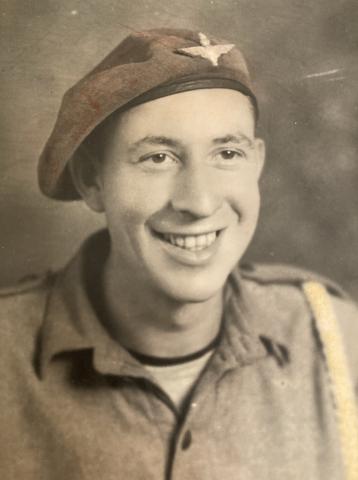
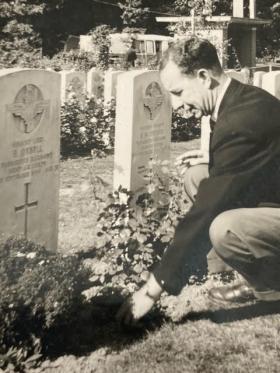
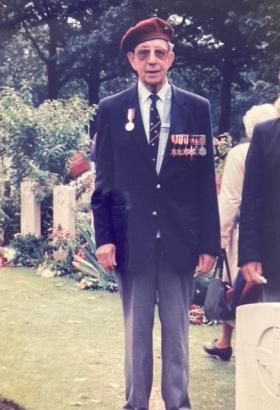
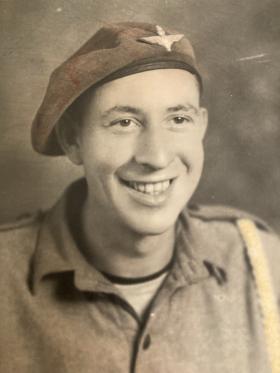
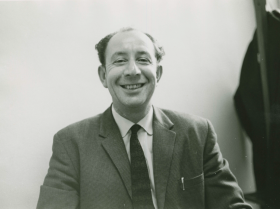
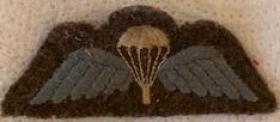
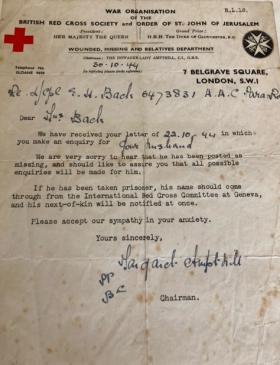
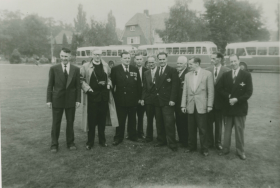
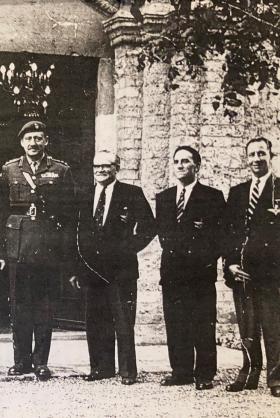
Latest Comments
There are currently no comments for this content.
Add Comment
In order to add comments you must be registered with ParaData.
If you are currently a ParaData member please login.
If you are not currently a ParaData member but wish to get involved please register.